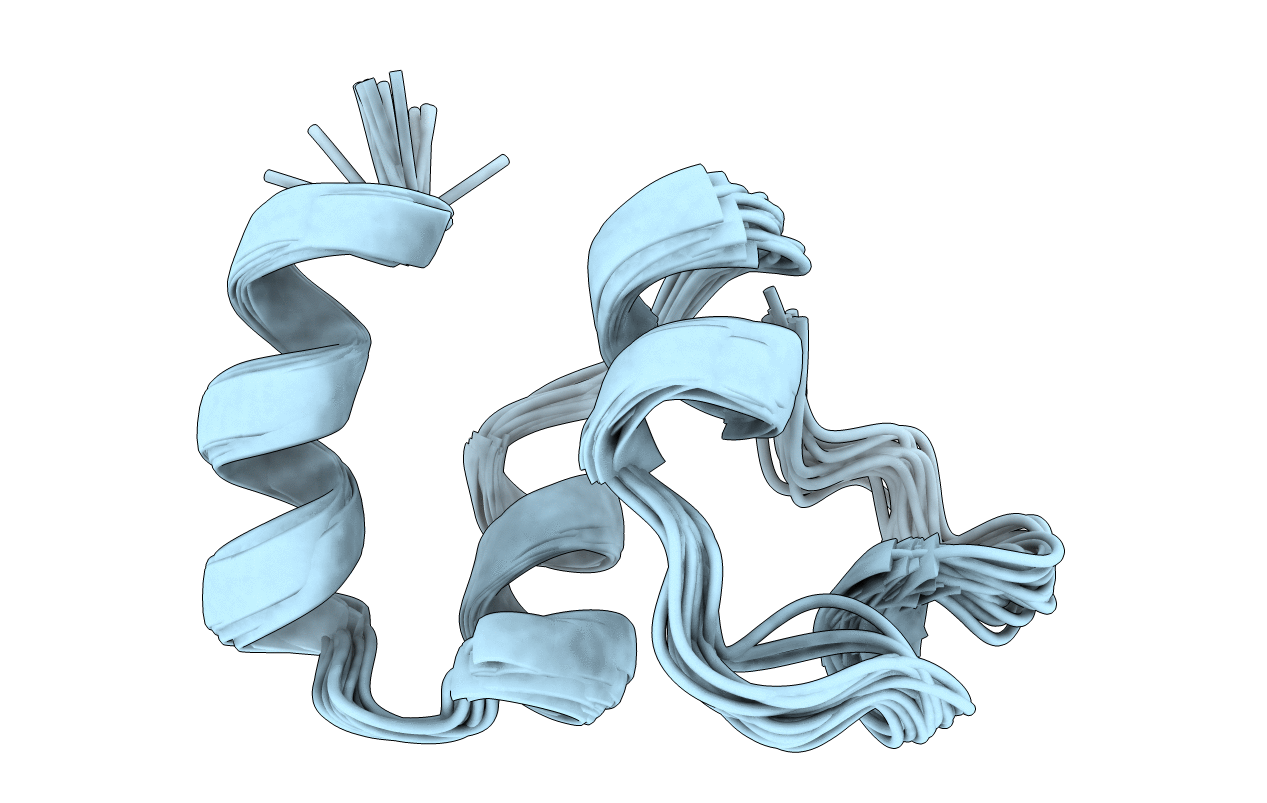
Deposition Date
1995-04-26
Release Date
1996-06-20
Last Version Date
2025-03-26
Entry Detail
PDB ID:
1CFI
Keywords:
Title:
NMR STRUCTURE OF CALCIUM ION-BOUND GAMMA-CARBOXY-GLUTAMIC ACID-RICH DOMAIN OF FACTOR IX
Biological Source:
Source Organism:
Homo sapiens (Taxon ID: 9606)
Method Details:
Experimental Method:
Conformers Submitted:
17


